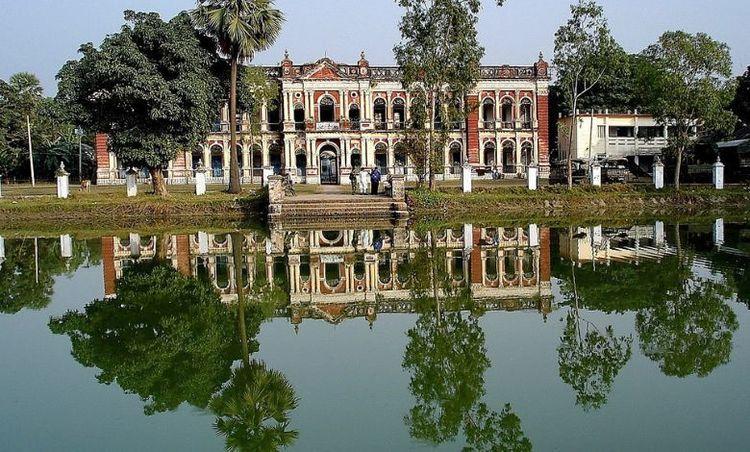- ///
- Rajbari
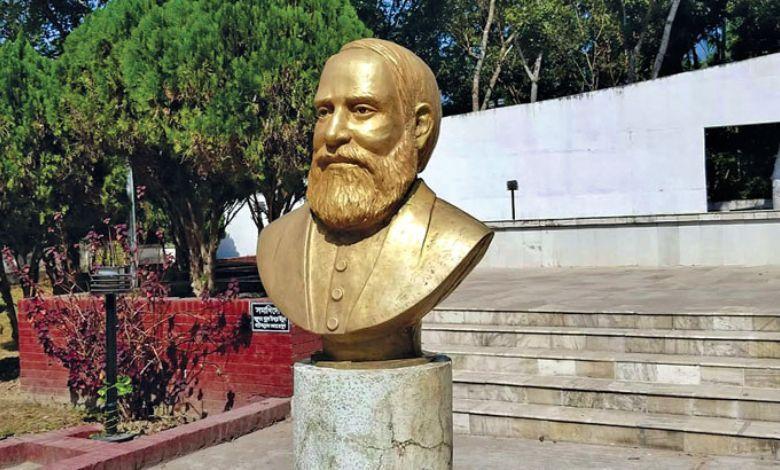

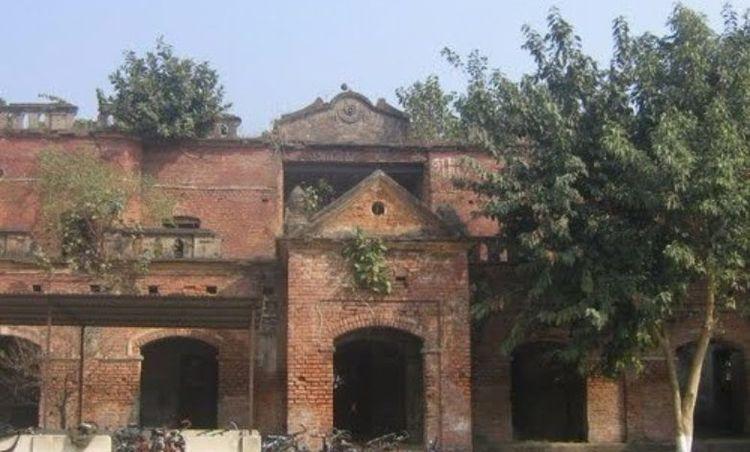
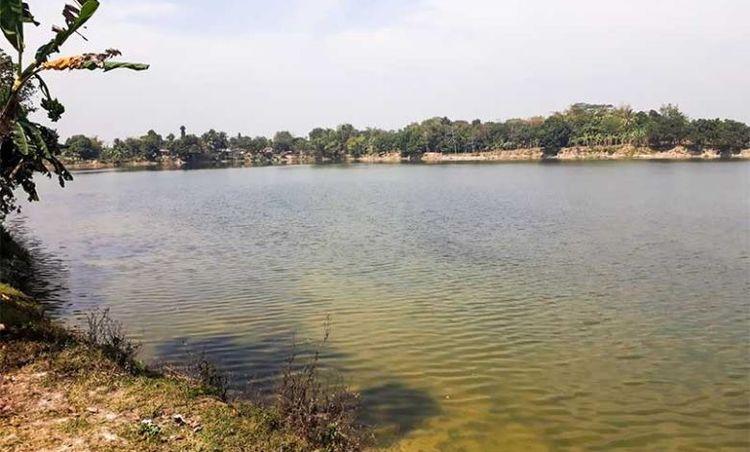
Rajbari, Dhaka
Curled up at the bank of the Padma River, Rajbari District stands with a rich tapestry of culture that is entwined with the history of Bengal. Not only Padma River, if you visit Rajbari, you will be welcomed by Hori, Gorai, and Chandona Rivers as well. Located at a distance of 150 Kilometers from Dhaka, Rajbari has been attracting tourists and would-be-residents, making it essential to check out the Rajbari area guide.
Rajbari is a part of the Dhaka division and was declared a district in 1984. However, its existence predates the emergence of Bangladesh. It was established in the 18th century and named after King Surja Kumar, Jaminder of the Lakkhikol estate.
Modern Rajbari is comprised of five sub-districts, three Pourashava, and 42 unions. The district surrounds an area of approximately 1,118.8 sq. km and currently nurtures around 1,049,778 people.
The economy of Rajbari rests primarily on agriculture. Due to its fertile alluvial lands, rice farming has always brought profit and interest. Fishing is also a big part of its economy. Moreover, Rajbari has outshone other districts in jute production. Sugar, onion, garlic, and other root vegetables are also abundant here.
After the inauguration of Padma Bridge, the intercommunication system in Rajbari has shifted its dynamics. The distance duration has been depleted and curtained in short. The bridge connected the city with Dhaka and the northern part of Bangladesh. This connection has elevated the trade and commerce in the area.
As the distance grew smaller, Rajbari became a spot for recreation and day-long for the people of Dhaka. As the district is replete with historical and cultural landmarks, many local and foreign tourists choose Rajbari as their part of exploring beautiful Bangladesh. Moreover, the trade and business prospects attract more people as residents of Rajbari.
City Insights
Known Landmarks
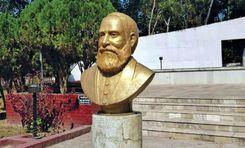
Mir Mosharraf Hossain Memorial Museum
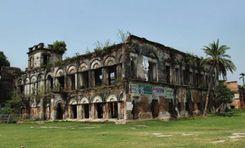
Kuthi Pachuria Zamindar Bari
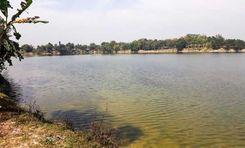
Kalyan Dighi
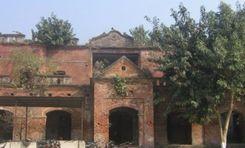
Barbakpur Zamindar Bari
Connectivity
Bus Routes
Nearest Train Stations
New Developments
What’s great here?
What needs attention?
Neighbourhood Rating
3.8




Neighbourhood Rating
3.8




